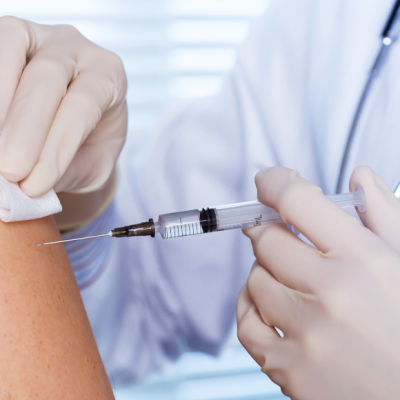In Germany, there is a significant difference in COVID-19 vaccination rates between high and low-income earners, according to a study by the Economic and Social Sciences Institute. The study found that only 49% of low-income earners in the bottom fifth of the wage distribution had received their first dose of the vaccine, compared to 71% of high-income earners in the top fifth. The study also revealed that many of the unvaccinated low-income earners were in customer-facing roles, such as sales, which were celebrated as “heroes of the pandemic” at the beginning of the crisis. The study suggests that offering vaccinations in the workplace could be an important step in ensuring that all sections of society have access to the vaccine.
The study also found that a higher percentage of low-income earners were vaccine skeptics, with 9% of unvaccinated low-income earners stating that they would not get vaccinated in the future, compared to 4% of high-income earners. However, the study also revealed that there is still potential to increase vaccination rates among low-income earners, with 11% already having booked a vaccination appointment and a further 19% stating that they would be willing to get vaccinated. The study suggests that offering vaccinations in the workplace could be an effective way to reach these individuals.
The study highlights the importance of ensuring that all sections of society have access to the vaccine, particularly in industries such as retail and hospitality, where employees have frequent contact with others. The study recommends that employers offer vaccinations in the workplace to make it easier for employees to get vaccinated. The study also emphasizes the need for clear and simple communication about the vaccine to address vaccine skepticism and encourage more people to get vaccinated.










